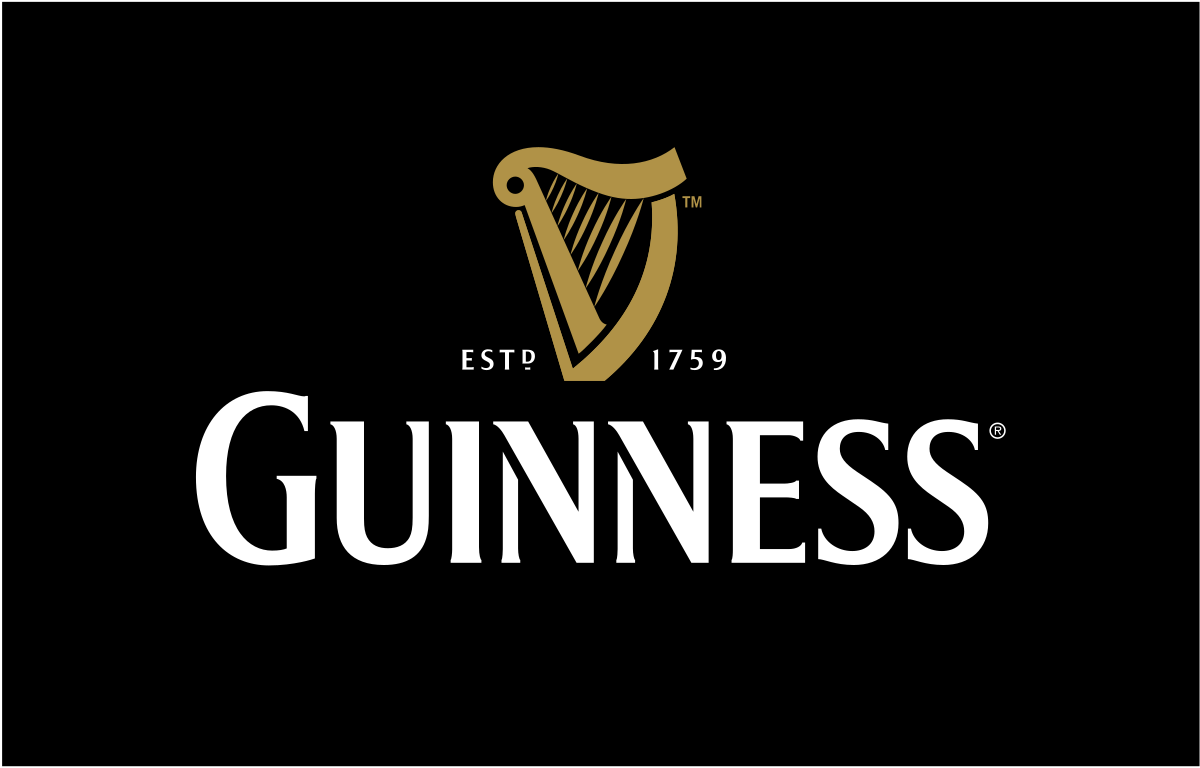According to Mark Kaye of marketing projects in the United Kingdom and Charles Foster of Kantar Africa and Middle East, one of the major reasons most marketers keep awake and turn in their beds every night is the challenge of providing and measuring the return on investment (ROI) by their organisation, showing that sales have grown because they have taken some critical marketing initiatives.
While many marketers have argued that we cannot say for certainty that investment on marketing communication like advertising, public relations and the like would impact growth, other seasoned marketers have opined that we cannot take the risk of turning down investment on marketing communication to grow our businesses.
Measuring the ROI of one’s marketing activities was identified by Mark Kaye as the most common marketing problem all marketers face. Interestingly, larger companies recognise this as more significant (71%) than smaller ones (42%). Either way, it’s vital for marketers to understand the effectiveness of each marketing campaign, piece of content, other types of marketing communication, corporate social responsibilities, corporate visible, brand power etc. on their bottom-line.
Proving ROI often goes together with making an argument to increase budget: No ROI tracking, no demonstrable ROI. No ROI, no budget. But tracking the ROI of every single marketing activity isn’t always easy, especially if you don’t have two-way communication between your marketing activities and sales reports.
When it comes to providing ROI, there’s a strong case to be made for dedicating time and resources to establishing links between marketing activities and sales results. This means using both marketing software plus a CRM solution and then tying them together to close the loop between your marketing and sales efforts. That way, you can directly see how many leads and customers are generated through your marketing activities.
According to a recent report tagged ‘Mastering Momentum’ by Kantar, growing sales can be tied to five major marketing actions not just spending on marketing communications.
First, balance your investment across three key activities. Do this by exerting marketing pressure across the three key points in the buyer cycle: experience, exposure and activation. Where a brand finds the most leverage will depend on its industry and brand size
Second, deliver the brand experience that will delight your existing users. To grow, a brand needs to retain as many existing users as possible by predisposing them to choose the brand again.
Third, grow your brand exposure and reach out to future buyers. To grow, a brand needs to reach out to new, potential buyers. Do so by creating excess share of voice with compelling, memorable creative that builds clarity around what the brand stands for and encourage positive buzz and word of mouth.
Four, plan your brand activation to create salience with meaning among shoppers. Ensure that the brand and its meaningful difference come readily to mind in relation to specific needs and occasions. Justify your price point; do not resort to excessive discounting to drive volume.
Five, inform good strategy and provide strong brand guidance. Measure progress in building momentum by identifying and tracking short-term indicators of long-term success to quickly course-correct and optimise effectively.
Feel free to share your thoughts on the issues raised in this piece with me Michael Umogun ([email protected] ) 08023117969 / @michaelumogun







Comment
No comments found.